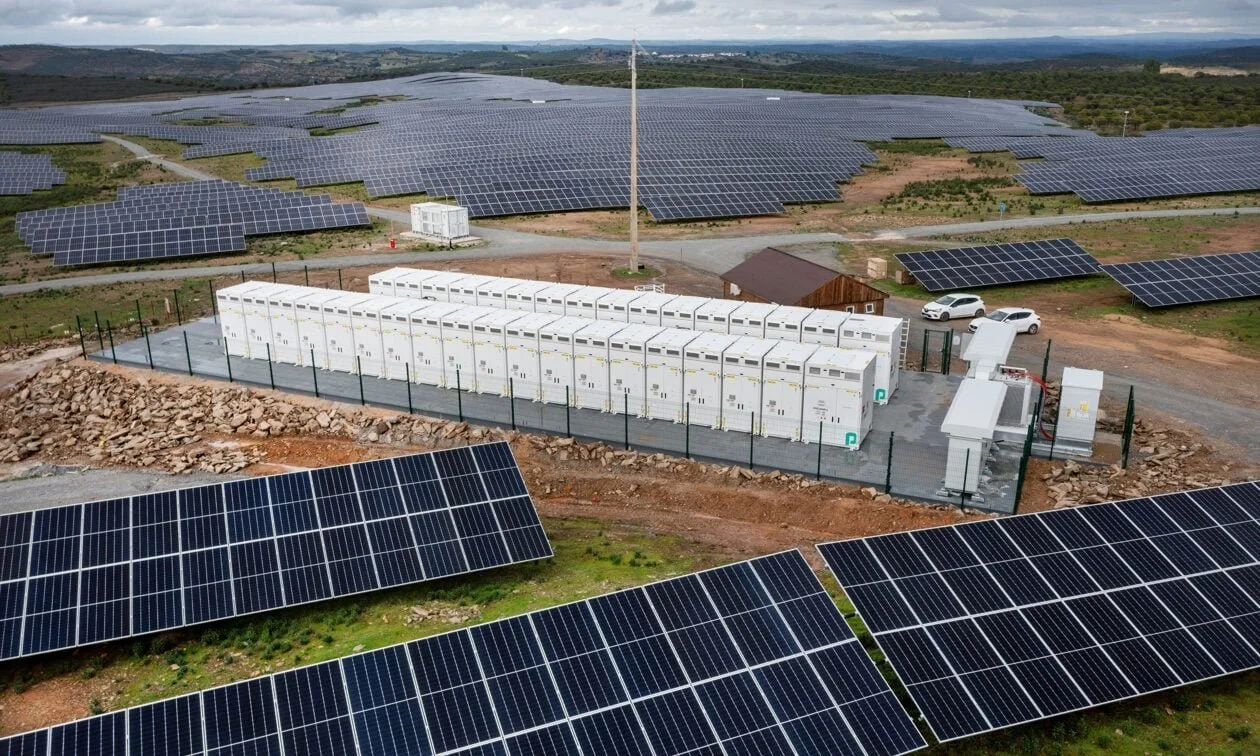A 5MW/20MWh BESS project Powin and Hitachi deployed for Galp in Portugal. Image: Powin / Hitachi / Galp.
Galp has kicked off construction on five new battery energy storage system (BESS) projects in Spain and Portugal, marking a major step in its clean energy strategy. According to the company, the installations will total 74MW/147MWh and connect directly to solar power plants. Four of the projects are located in Portugal and will add 60.5MW/120.4MWh of capacity near Galp’s Alcoutim solar farms. These are being partially funded through a €100 million Portuguese government scheme backed by the EU’s Recovery and Resilience framework. A fifth BESS, sized at 14MW/28MWh, will be built in Manzanares, Spain. All systems will use Sungrow’s PowerTitan 2.0 technology and feature grid-forming inverters, enabling them to provide advanced services such as fast frequency response, voltage regulation, and synthetic inertia.
Galp’s Control Center will oversee the real-time operation and optimization of the new systems, managing both energy production and storage across Portugal and Spain. This builds on Galp’s earlier 5MW/20MWh project in Portugal, developed with Powin and Hitachi before Powin entered administration. With the ability to deliver multiple ancillary services, Galp is positioning these BESS projects to play a pivotal role in the Iberian grid as renewables expand. Spain recently launched a €700 million energy storage incentive program, while Portugal announced an additional €400 million investment last week aimed at boosting grid stability and BESS deployment. Both nations are clearly moving to address rising grid challenges, especially after a region-wide blackout earlier this year spotlighted the need for more robust infrastructure.
The integration of solar and storage continues to gain traction in the region. A recent hybrid solar-plus-storage power purchase agreement between Zelestra and EDP underscores market momentum. While Spain’s additional funding plans remain in discussion, the region’s shift toward hybrid, grid-forming systems is well underway.


